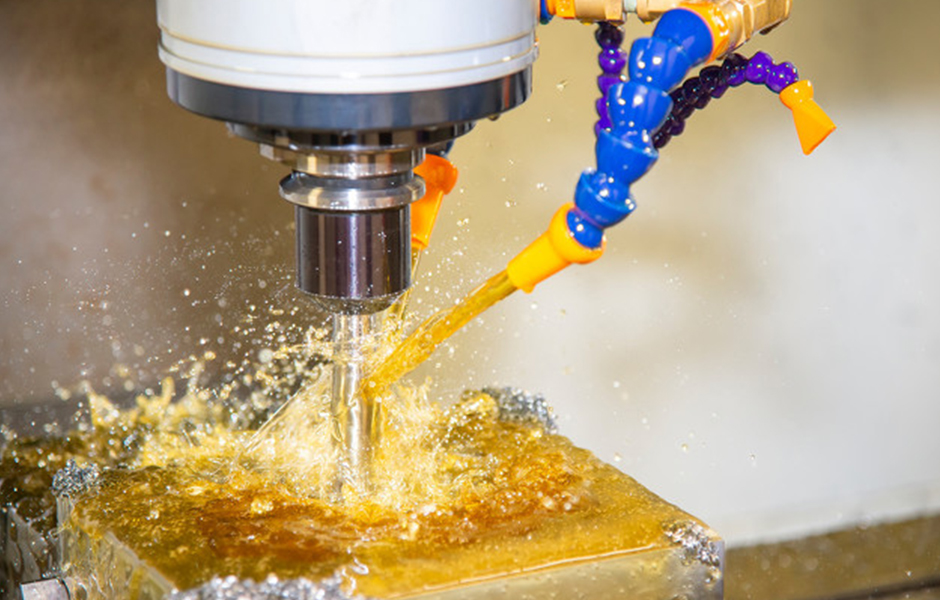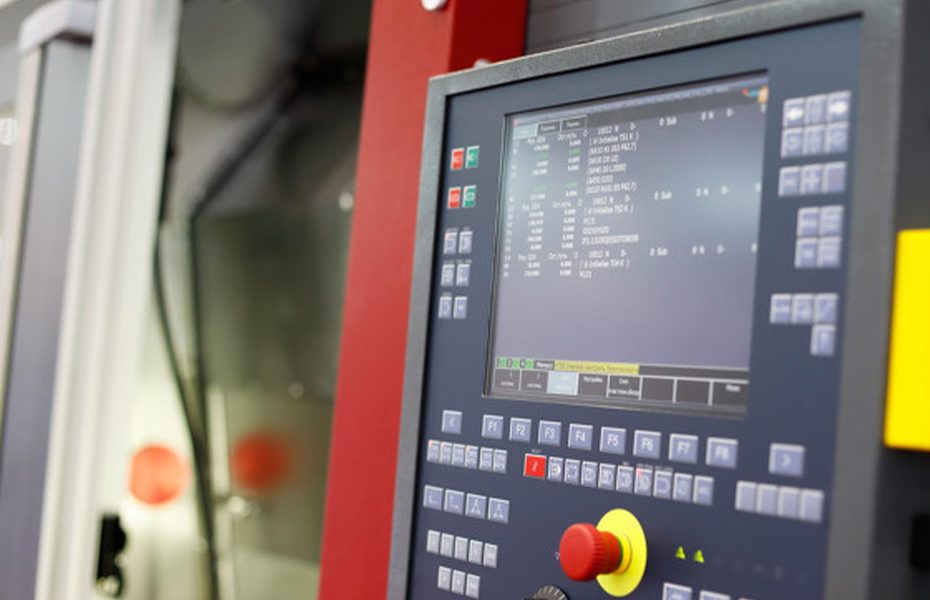Metal plating is a process in which a thin layer of metal is applied to the surface of another metal object. This is typically done by immersing the object in a solution of the plating metal and electrolytes, which causes the plating metal to bond to the surface of the object. Metal plating is often used to improve the appearance, durability, and corrosion resistance of the object. It is commonly used on items such as jewelry, automotive parts, and electronic components.
Metal Plating Processes
There are several different methods of applying a metal coating to the surface of another object. Some of the most common metal plating processes include:
Electroplating: This process involves applying an electric current to the surface of the object being coated. This causes ions of the plating metal to be drawn out of the plating solution and onto the surface of the object, where they bond to form a thin, even coating.
Electroless plating: This process does not involve the use of an electric current. Instead, the plating metal is deposited onto the surface of the object through a chemical reaction between the plating solution and the surface of the object. This reaction causes the plating metal to bond to the surface of the object, forming a thin, even coating.
Hot-dip galvanization: This process involves immersing the object coated in a bath of molten zinc. The heat of the zinc causes it to bond to the surface of the object, forming a protective coating that prevents the object from rusting.
Physical vapor deposition (PVD): This process involves using a vacuum chamber to deposit a thin layer of metal onto the surface of the object being coated. The metal is vaporized by a high-energy source and then deposited onto the surface of the object, where it forms a thin, even coating.
Chemical vapor deposition (CVD): This process is similar to PVD, but instead of using a high-energy source to vaporize the metal, a chemical reaction is used to produce a vapor of the plating metal. This vapor is then deposited onto the surface of the object being coated, where it forms a thin, even coating.
Each of these processes has its own advantages and disadvantages, and the choice of which one to use depends on the specific application and the properties that are desired in the final coating.
Electroplating vs. Electroless Plating
Electroplating and electroless plating are both methods of applying a coating of metal to the surface of another object. However, the two processes differ in the way the metal coating is applied.
Electroplating involves applying an electric current to the surface of the object being coated. This causes ions of the plating metal to be drawn out of the plating solution and onto the surface of the object, where they bond to form a thin, even coating.
Electroless plating, on the other hand, does not involve the use of an electric current. Instead, the plating metal is deposited onto the surface of the object through a chemical reaction between the plating solution and the surface of the object. This reaction causes the plating metal to bond to the surface of the object, forming a thin, even coating.
Both electroplating and electroless plating can be used to apply a wide range of different metals, including zinc, nickel, and chrome. The choice of which process to use depends on the specific application and the properties that are desired in the final coating.
Types of Metal Plating
There are several different types of metal plating, including zinc plating, nickel plating, and chrome plating.
Zinc plating is a process in which a layer of zinc is applied to the surface of a metal object in order to protect it from corrosion. This is typically done by immersing the object in a solution of zinc and electrolytes, which causes the zinc to bond to the surface of the metal. Zinc plating is commonly used on items such as screws, nuts, bolts, and other small metal components.
Nickel plating is a process in which a layer of nickel is applied to the surface of a metal object in order to improve its appearance, durability, and resistance to corrosion. This is typically done by immersing the object in a solution of nickel and electrolytes, which causes the nickel to bond to the surface of the metal. Nickel plating is commonly used on items such as jewelry, automotive parts, and electronic components.
Chrome plating is a process in which a layer of chromium is applied to the surface of a metal object in order to improve its appearance, durability, and resistance to corrosion. This is typically done by immersing the object in a solution of chromium and electrolytes, which causes the chromium to bond to the surface of the metal. Chrome plating is commonly used on items such as automotive parts, household appliances, and bathroom fixtures.
Other types of metal plating include copper plating, gold plating, and silver plating. Each type of plating has its own unique properties and is used for different applications.
CNC Machining Service

DFM CNC Shop is a CNC manufacturing and sheet metal fabrication company, including CNC machining services, CNC milling services, CNC turning services, laser cutting services, and stamping services.
DFM CNC Shop offers professional CNC machining and rapid prototyping service for making a wide array of product parts. Our excellent quality control systems ensure that all our deliveries are speedy and standard for every manufacturing size in both low-volume and high-volume productions. Feel free to reach out for a free quote on your project.
